Home>Technology>Security & Surveillance>How To Fix A Jammed Door Lock
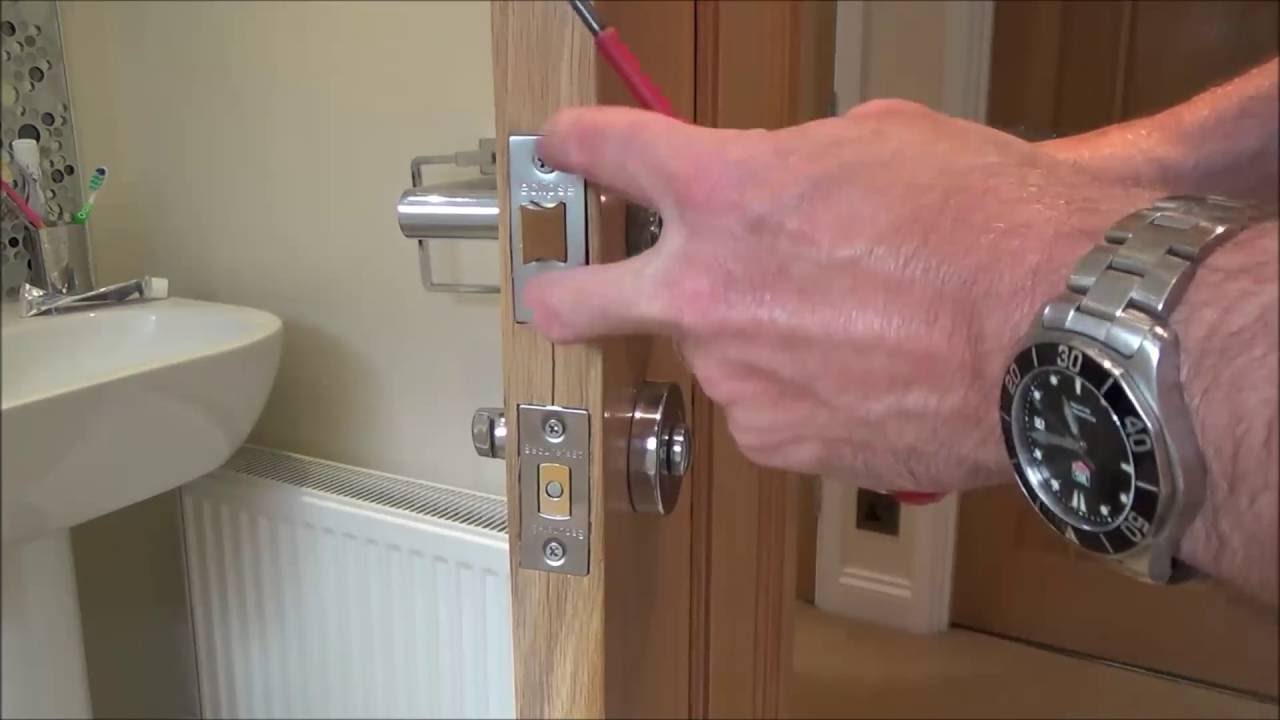

Security & Surveillance
How To Fix A Jammed Door Lock
Published: December 27, 2023
Learn how to fix a jammed door lock and ensure your home's security with our comprehensive guide. Get expert tips on security and surveillance to keep your property safe.
(Many of the links in this article redirect to a specific reviewed product. Your purchase of these products through affiliate links helps to generate commission for Storables.com, at no extra cost. Learn more)
Introduction
Dealing with a jammed door lock can be a frustrating experience, potentially disrupting your daily routine and compromising the security of your property. Whether it's a sticky deadbolt or a stubborn doorknob, understanding how to address this issue can save you time, money, and unnecessary stress. In this guide, we will explore various methods to troubleshoot and resolve a jammed door lock, empowering you to regain access and restore peace of mind.
A jammed door lock can stem from a myriad of factors, including worn-out internal components, accumulation of debris, or misalignment of the strike plate. While it may be tempting to forcefully manipulate the lock, doing so can exacerbate the problem and lead to costly repairs. By approaching the situation systematically and with the right tools, you can often remedy the issue without professional assistance.
Throughout this article, we will delve into practical solutions, such as lubricating the lock, utilizing graphite powder, adjusting the strike plate, and tightening loose screws. These methods are designed to cater to different types of jammed door locks, offering a comprehensive approach to troubleshooting common issues.
Whether you're dealing with a jammed front door lock, a balky bedroom lock, or a sticky bathroom lock, the insights provided here will equip you with the knowledge needed to tackle the problem effectively. By understanding the underlying causes and implementing the appropriate remedies, you can restore the functionality of your door locks and prevent future instances of jamming.
With a proactive and informed approach, you can overcome the inconvenience of a jammed door lock and fortify the security of your home or business. Let's delve into the steps for assessing the situation and implementing practical solutions to resolve this common yet bothersome issue.
Key Takeaways:
- Don’t Force It: Lubricate Your Lock!
Regularly lubricating your door locks with the right products can prevent jamming and extend their lifespan. Keep your locks smooth and your property secure with this simple maintenance task. - Get Help When Needed: Call a Locksmith!
If DIY methods don’t fix your jammed door lock, don’t hesitate to call a professional locksmith. They have the expertise and tools to diagnose and resolve complex lock issues, ensuring your security and peace of mind.
Read more: How To Fix A Jammed Car Door Lock
Assessing the Situation
Before delving into potential solutions, it’s crucial to assess the nature of the jammed door lock. Start by observing the specific behavior of the lock when attempting to open or close it. Pay attention to any unusual resistance, grinding noises, or irregular movement. This initial assessment can provide valuable insights into the underlying cause of the problem.
Next, consider the environmental factors that may contribute to the jamming. Is the lock exposed to harsh weather conditions, such as extreme heat or cold? Is there a buildup of dust, dirt, or rust around the lock mechanism? By evaluating these external influences, you can gain a clearer understanding of the challenges at hand.
Inspect the key for any signs of damage or deformation. A bent or worn-out key can impede smooth operation and lead to lock jamming. Additionally, examine the door itself for any misalignment or warping that may affect the proper functioning of the lock.
For electronic or smart locks, check the battery status and connectivity to ensure that the jamming is not a result of power failure or communication issues. If the lock is part of a larger security system, verify that all components are functioning as intended.
By thoroughly assessing the situation, you can narrow down the possible causes of the jammed door lock, laying the groundwork for targeted troubleshooting. This proactive approach will inform your decision-making process as you proceed to address the issue with confidence and precision.
Lubricating the Lock
One of the most common causes of a jammed door lock is inadequate lubrication within the internal mechanism. Over time, dust, debris, and metal-on-metal friction can lead to increased resistance and eventual lock jamming. Fortunately, lubricating the lock is a straightforward and effective way to alleviate this issue.
Begin by obtaining a high-quality lock lubricant, such as a silicone-based spray or a graphite lubricant. Avoid using oil-based products, as they can attract dirt and gum up the lock mechanism over time. With the appropriate lubricant in hand, follow these steps to lubricate the lock:
- Clean the lock: Use a soft brush or compressed air to remove any visible debris or buildup from the keyway and internal components of the lock.
- Apply the lubricant: Insert the provided nozzle or straw into the keyway and spray a small amount of lubricant directly into the lock mechanism. Alternatively, for graphite lubricant, insert the provided tube and squeeze a small amount of powder into the keyway.
- Operate the lock: Insert the key and turn it several times to distribute the lubricant throughout the internal components. For doorknob locks, rotate the knob back and forth to ensure even coverage.
- Wipe off excess lubricant: Use a clean, lint-free cloth to remove any excess lubricant that may have seeped out of the lock.
After lubricating the lock, test its operation to see if the jamming has been alleviated. If the lock still exhibits resistance, consider repeating the lubrication process to ensure thorough coverage. In many cases, this simple maintenance task can restore the smooth functionality of the lock and prevent future instances of jamming.
Regularly lubricating your door locks as part of your home maintenance routine can help prolong their lifespan and minimize the likelihood of jamming. By addressing the root cause of the issue, you can enjoy reliable and hassle-free access to your property while enhancing its overall security.
Using Graphite Powder
Graphite powder is a versatile and effective solution for addressing jammed door locks, particularly those that exhibit stubborn resistance or rough operation. This dry lubricant has unique properties that allow it to penetrate the lock mechanism, reducing friction and promoting smooth movement without attracting dirt or debris.
To utilize graphite powder for resolving a jammed door lock, follow these steps:
- Prepare the keyway: Use a soft brush or compressed air to clean the keyway and remove any visible debris or obstructions.
- Insert the graphite tube: With the lock in the horizontal position, insert the nozzle of the graphite tube into the keyway, ensuring a secure fit.
- Dispense the powder: Squeeze a small amount of graphite powder into the keyway, directing it toward the internal components of the lock mechanism.
- Operate the lock: Insert the key and turn it several times to distribute the graphite powder throughout the internal components, allowing it to coat the surfaces effectively.
- Wipe off excess powder: Use a clean, lint-free cloth to remove any excess graphite powder that may have accumulated around the keyway or lock surface.
After applying the graphite powder, test the lock to assess its functionality. You should notice a significant improvement in smoothness and ease of operation, indicating that the graphite has effectively reduced friction within the lock mechanism. If the jamming persists, consider reapplying the graphite powder to ensure thorough coverage.
Graphite powder is an excellent preventive measure as well, as it can be applied to door locks as part of routine maintenance to keep them in optimal condition. By incorporating graphite powder into your maintenance regimen, you can minimize the risk of lock jamming and prolong the lifespan of your door locks.
When used correctly, graphite powder provides a reliable and long-lasting solution for addressing jammed door locks, offering a cost-effective alternative to professional repairs and replacements.
Try using a lubricant like WD-40 to loosen the jammed lock. Spray it into the keyhole and try turning the key gently. If that doesn’t work, you may need to call a locksmith for professional help.
Adjusting the Strike Plate
In some cases, a jammed door lock may be attributed to misalignment between the lock’s latch and the corresponding strike plate on the door frame. This misalignment can result in the latch encountering resistance or failing to engage properly, leading to difficulty in opening or closing the door. By adjusting the strike plate, you can rectify this issue and restore the smooth operation of the lock.
To adjust the strike plate and alleviate the jamming, follow these steps:
- Inspect the alignment: Close the door and observe the position of the latch in relation to the strike plate. Identify any misalignment or interference that may be causing the jamming.
- Loosen the screws: Using a screwdriver, loosen the screws securing the strike plate to the door frame. Avoid completely removing the screws, as this can make realignment more challenging.
- Reposition the strike plate: Gently nudge the strike plate in the direction necessary to align it with the latch. Ensure that there is adequate clearance for the latch to engage without encountering resistance.
- Secure the strike plate: While holding the strike plate in its adjusted position, tighten the screws to secure it to the door frame. Verify that the plate is firmly affixed and does not wobble or shift.
- Test the lock: Open and close the door multiple times to confirm that the jamming has been resolved. The latch should engage smoothly and securely without encountering any obstructions.
By making precise adjustments to the strike plate, you can eliminate the underlying cause of the lock jamming and ensure proper alignment between the latch and the door frame. This simple yet effective solution can significantly improve the functionality of the door lock and prevent recurring jamming issues.
Regularly inspecting and maintaining the alignment of strike plates as part of your home maintenance routine can help proactively address potential causes of lock jamming, contributing to the overall security and convenience of your property.
If the jamming persists despite adjusting the strike plate, it may be indicative of more complex internal issues within the lock mechanism, warranting further investigation or professional assistance.
Read more: How To Unlock A Jammed Door Lock
Tightening Loose Screws
Loose screws within the door lock assembly can contribute to erratic behavior and jamming, compromising the overall integrity and functionality of the lock. Over time, vibrations, usage, and environmental factors can cause screws to gradually loosen, leading to misalignment and instability. By identifying and tightening loose screws, you can address this underlying issue and mitigate the risk of lock jamming.
To tighten loose screws and restore the stability of the door lock, follow these steps:
- Inspect the lock assembly: Examine the visible screws on the faceplate, strike plate, and internal components of the lock to identify any that appear loose or protruding.
- Use the appropriate screwdriver: Select the correct type and size of screwdriver that corresponds to the screws requiring tightening. Using an ill-fitting screwdriver can strip the screw heads, exacerbating the problem.
- Tighten the screws: Carefully tighten each loose screw in a clockwise direction, applying steady pressure to ensure a secure fit without overtightening, which can cause damage.
- Verify stability: After tightening the screws, gently test the stability of the lock assembly by attempting to move or wiggle its components. Confirm that the screws are firmly in place and that there is no noticeable play or movement.
- Test the lock operation: Operate the lock by using the key or knob to confirm that the jamming issue has been resolved. The lock should engage and disengage smoothly without encountering resistance.
By addressing loose screws promptly, you can enhance the structural integrity of the door lock and minimize the likelihood of jamming occurring in the future. Regular inspection and maintenance of screws as part of your home security routine can help preemptively identify and rectify potential issues before they escalate.
Additionally, ensuring that all screws are properly tightened contributes to the overall robustness and reliability of the lock, bolstering the security of your property and providing peace of mind.
If tightening the screws does not alleviate the jamming, it may be indicative of more complex internal issues within the lock mechanism, necessitating further investigation or professional intervention.
Seeking Professional Help
When confronted with persistent or complex issues related to a jammed door lock, seeking professional assistance from a qualified locksmith or security expert can provide a reliable and comprehensive solution. Professional locksmiths possess the expertise, specialized tools, and industry knowledge to diagnose and address a wide range of lock-related issues, offering peace of mind and ensuring the optimal functionality of your door locks.
If you have exhausted DIY troubleshooting methods and the jamming issue persists, or if you encounter signs of significant wear, damage, or malfunction within the lock, it may be time to enlist the services of a professional locksmith. Here are compelling reasons to consider seeking professional help:
- Expert assessment: A skilled locksmith can conduct a thorough assessment of the jammed door lock, identifying underlying causes such as worn-out components, misalignments, or internal damage.
- Precision repairs: Professional locksmiths possess the necessary tools and expertise to perform precise repairs, replacements, or adjustments, restoring the functionality and security of the lock.
- Specialized knowledge: Locksmiths are well-versed in the intricacies of various lock types and security systems, enabling them to offer tailored solutions that address specific issues with precision.
- Preventive recommendations: A locksmith can provide valuable insights and recommendations for preventive maintenance, security upgrades, and best practices to minimize the risk of future lock-related issues.
- Enhanced security: Professional locksmith services can encompass comprehensive security assessments and enhancements, ensuring that your property is safeguarded against potential vulnerabilities.
By entrusting the resolution of a jammed door lock to a reputable locksmith, you can benefit from their expertise and dedication to delivering reliable, long-term solutions. Whether it’s a residential, commercial, or automotive lock concern, professional locksmiths are equipped to address a diverse array of security challenges with efficiency and proficiency.
When selecting a locksmith, prioritize reputable, licensed professionals with a track record of exemplary service and customer satisfaction. By engaging the services of a trusted locksmith, you can navigate the complexities of lock-related issues with confidence, knowing that your security and convenience are in capable hands.
Remember that the investment in professional locksmith services not only resolves immediate concerns but also contributes to the overall security, functionality, and longevity of your door locks, bolstering the protection of your property and those within it.
Frequently Asked Questions about How To Fix A Jammed Door Lock
Was this page helpful?
At Storables.com, we guarantee accurate and reliable information. Our content, validated by Expert Board Contributors, is crafted following stringent Editorial Policies. We're committed to providing you with well-researched, expert-backed insights for all your informational needs.
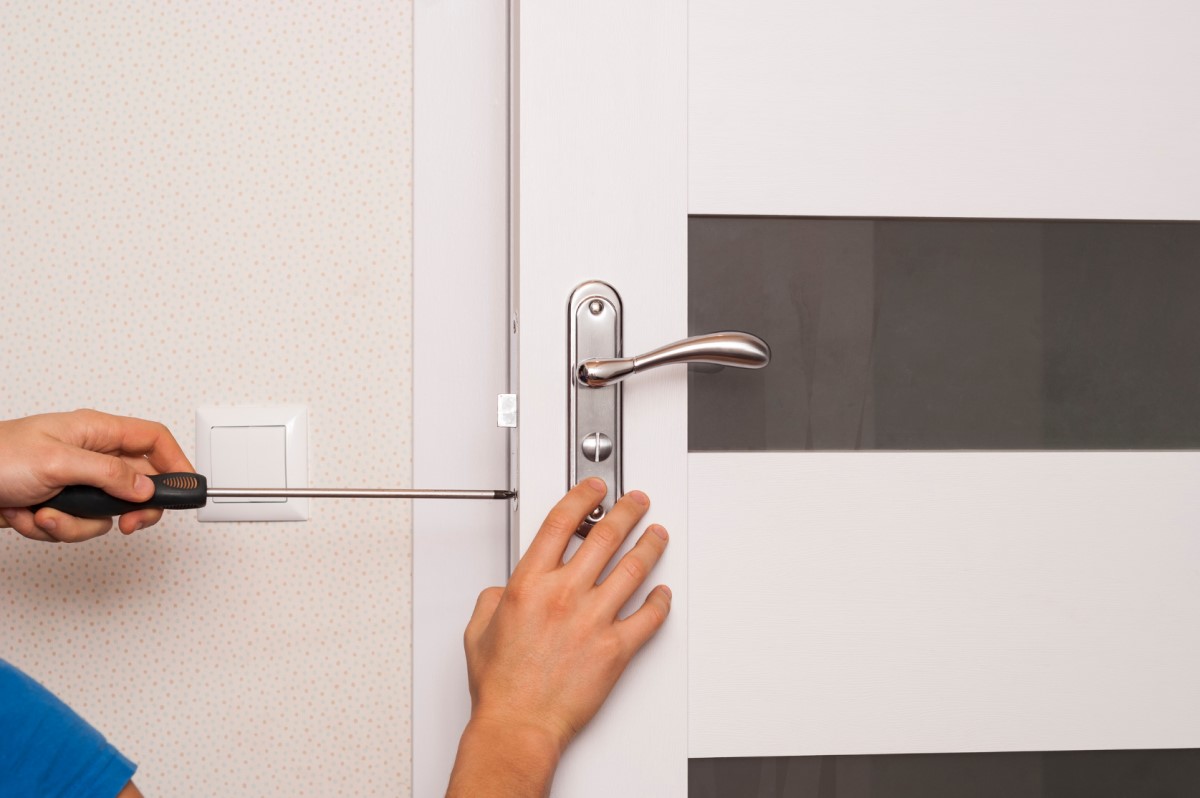
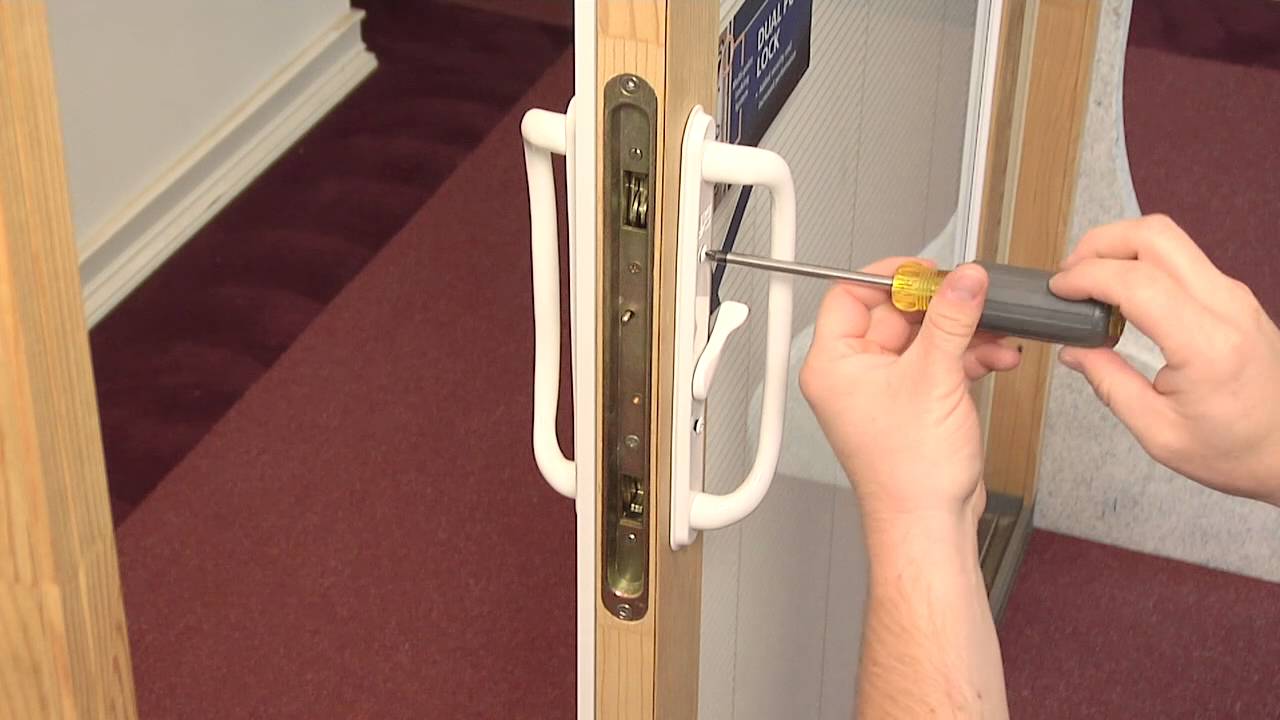
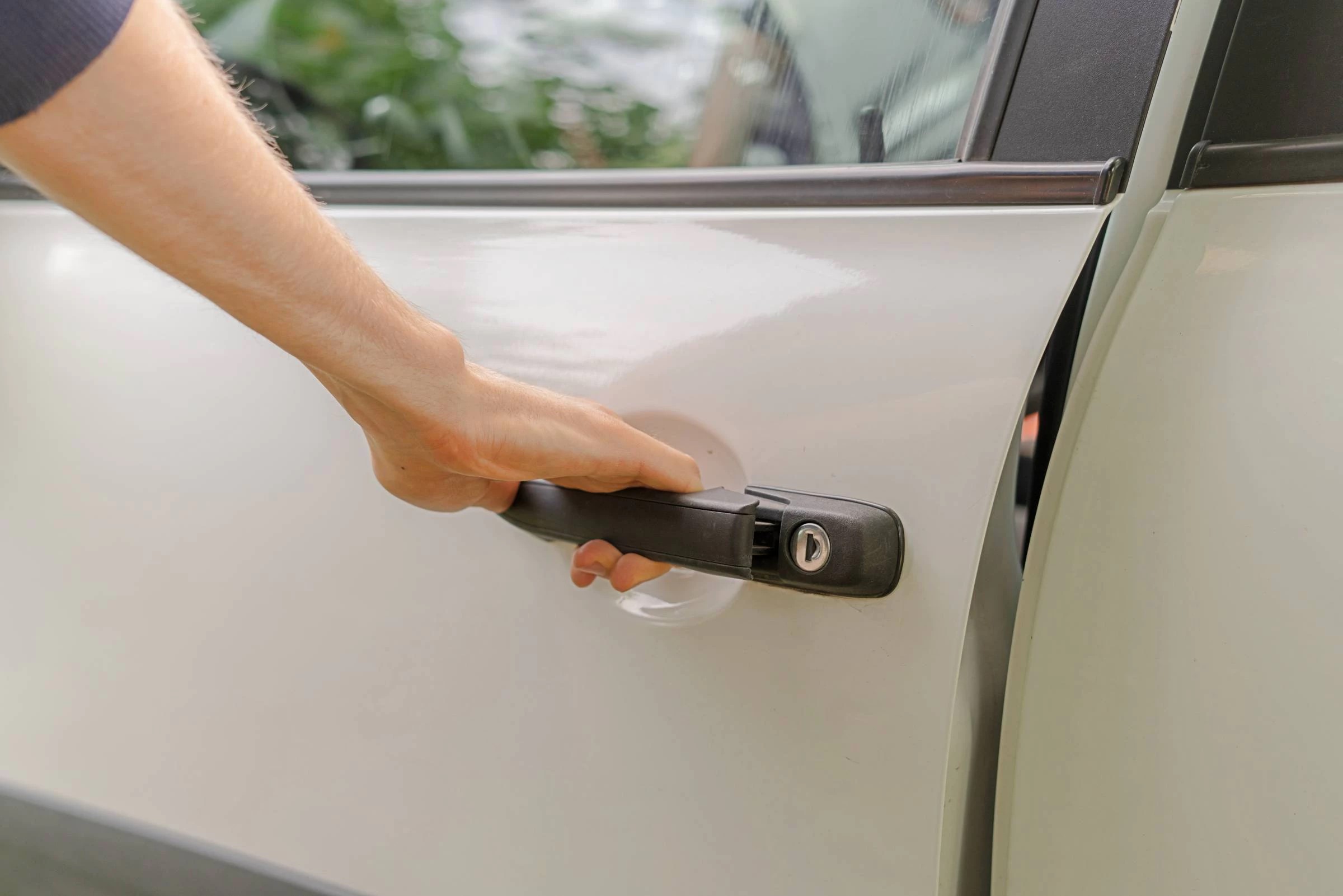
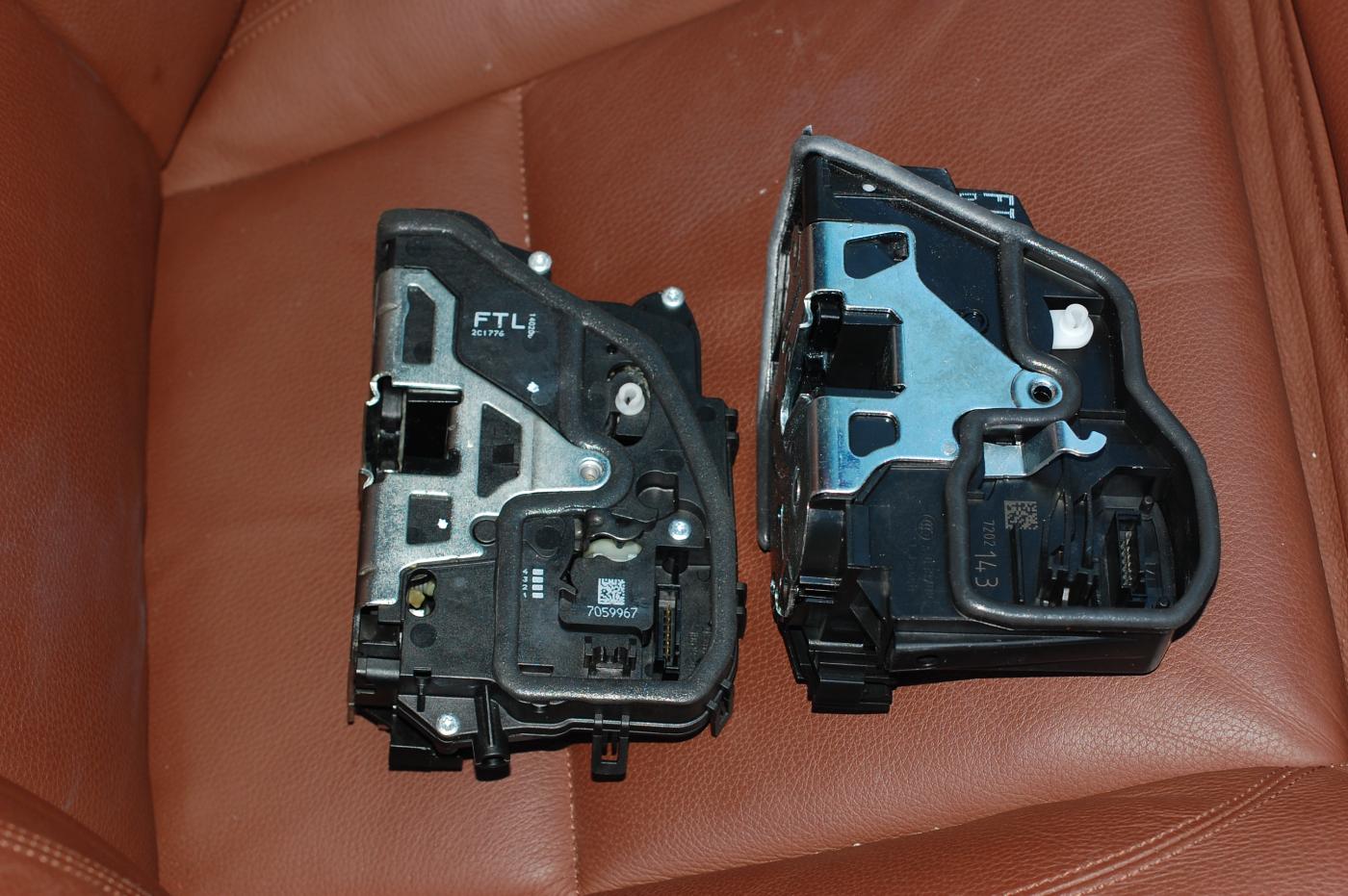
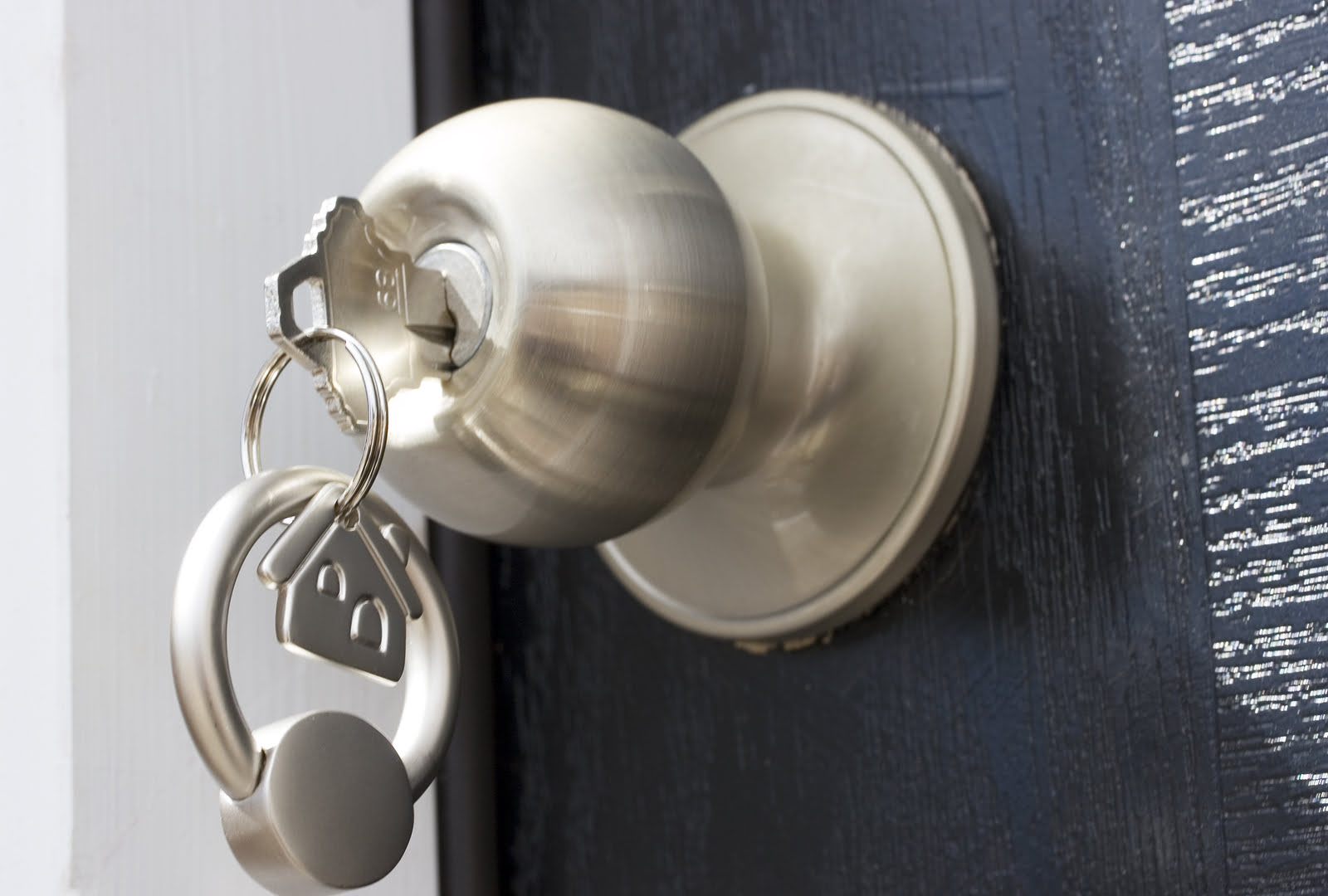
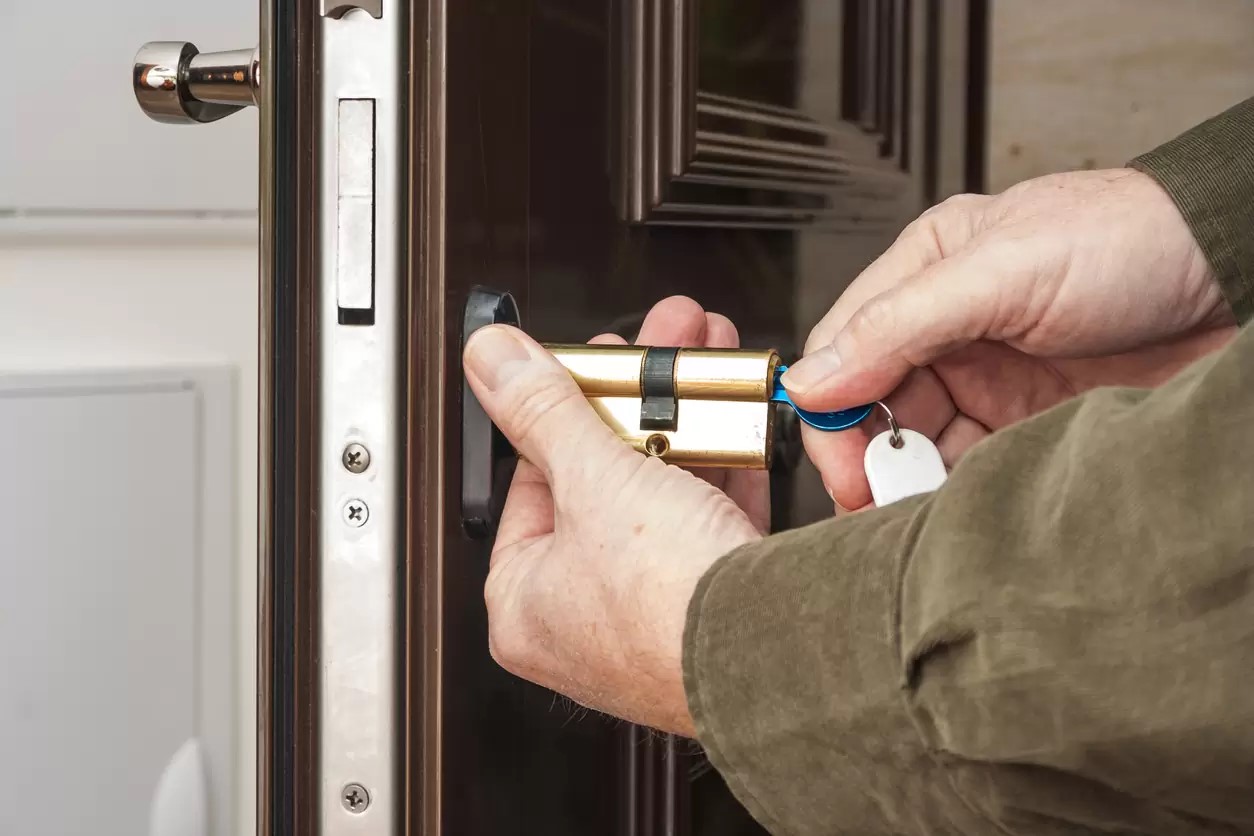
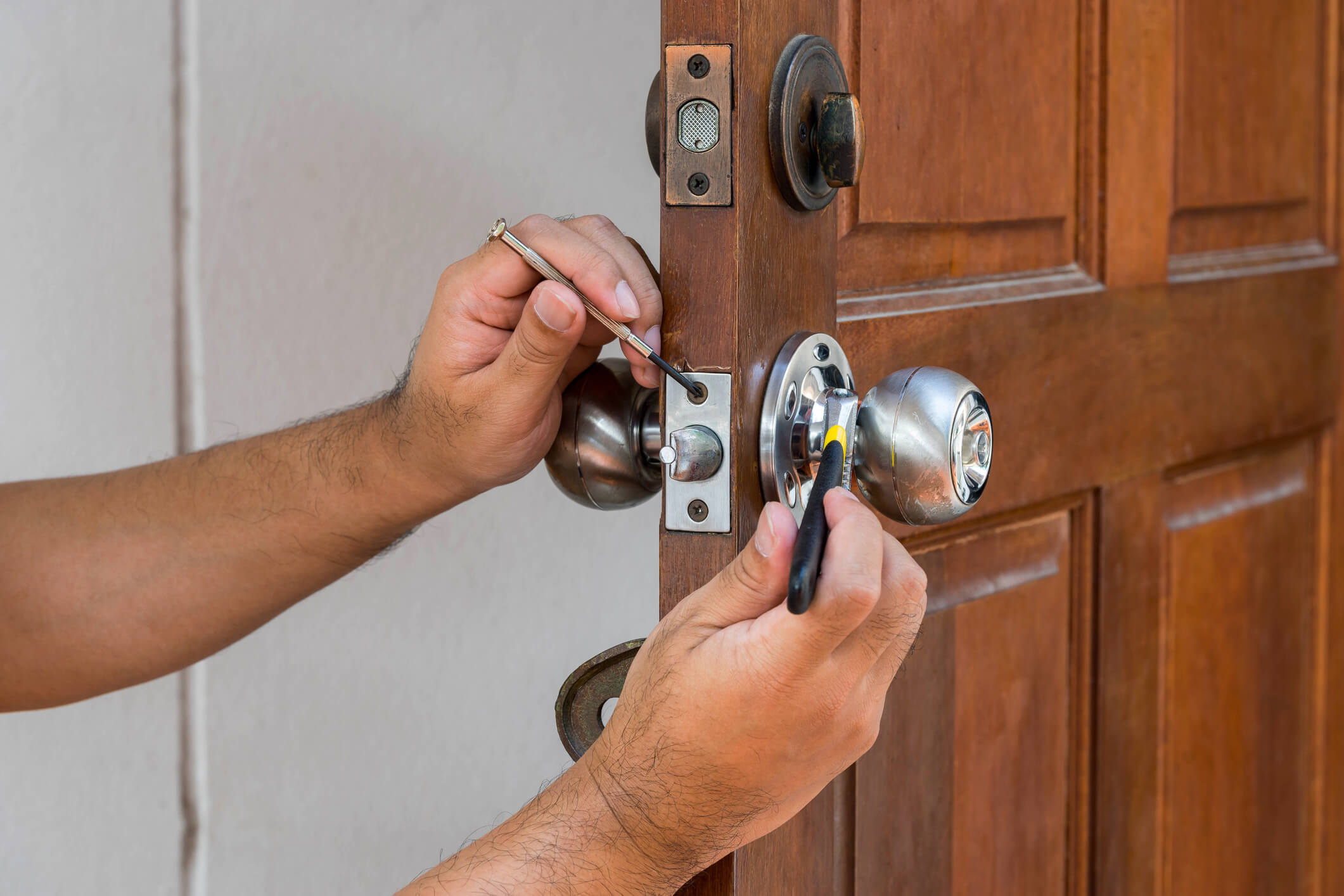
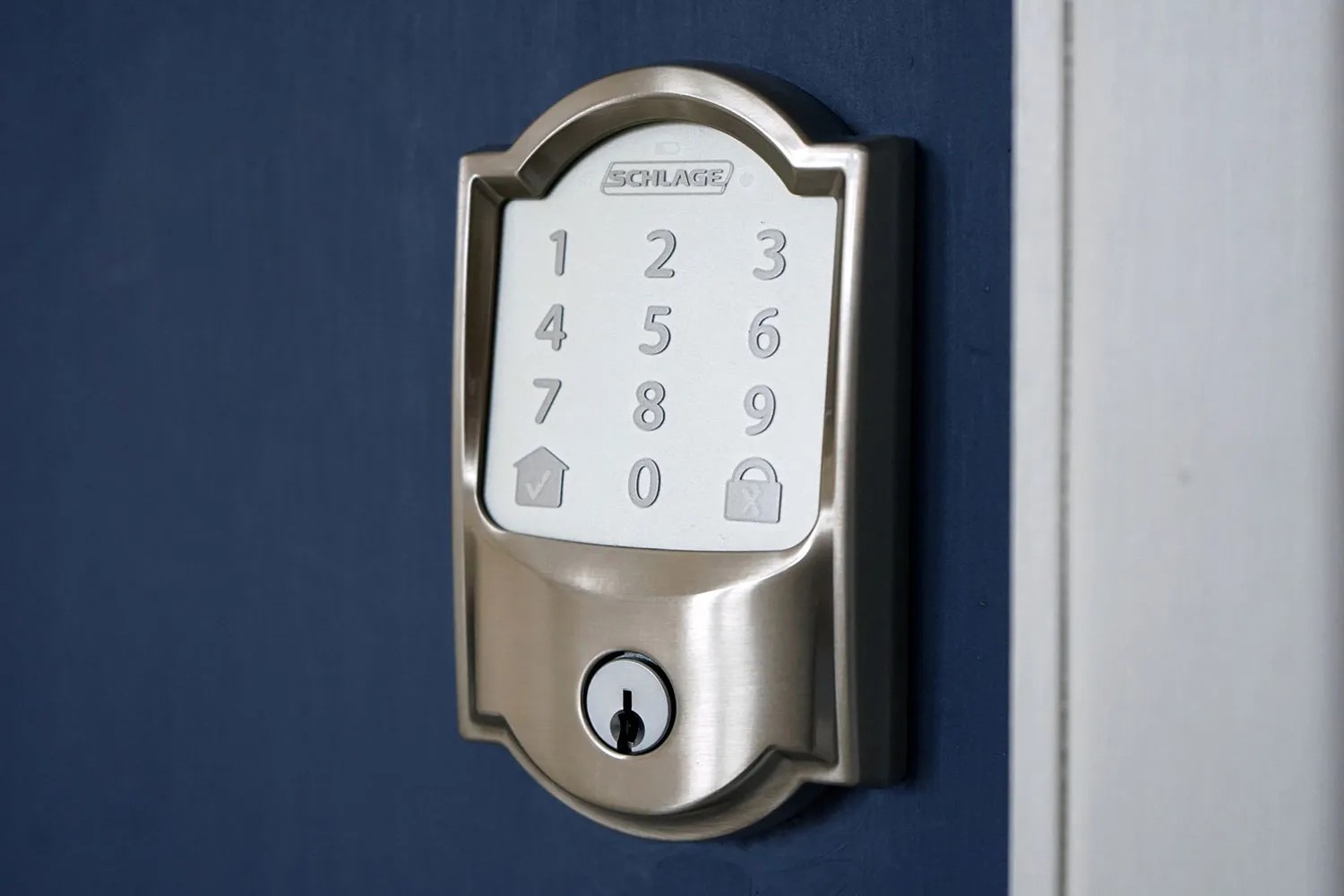
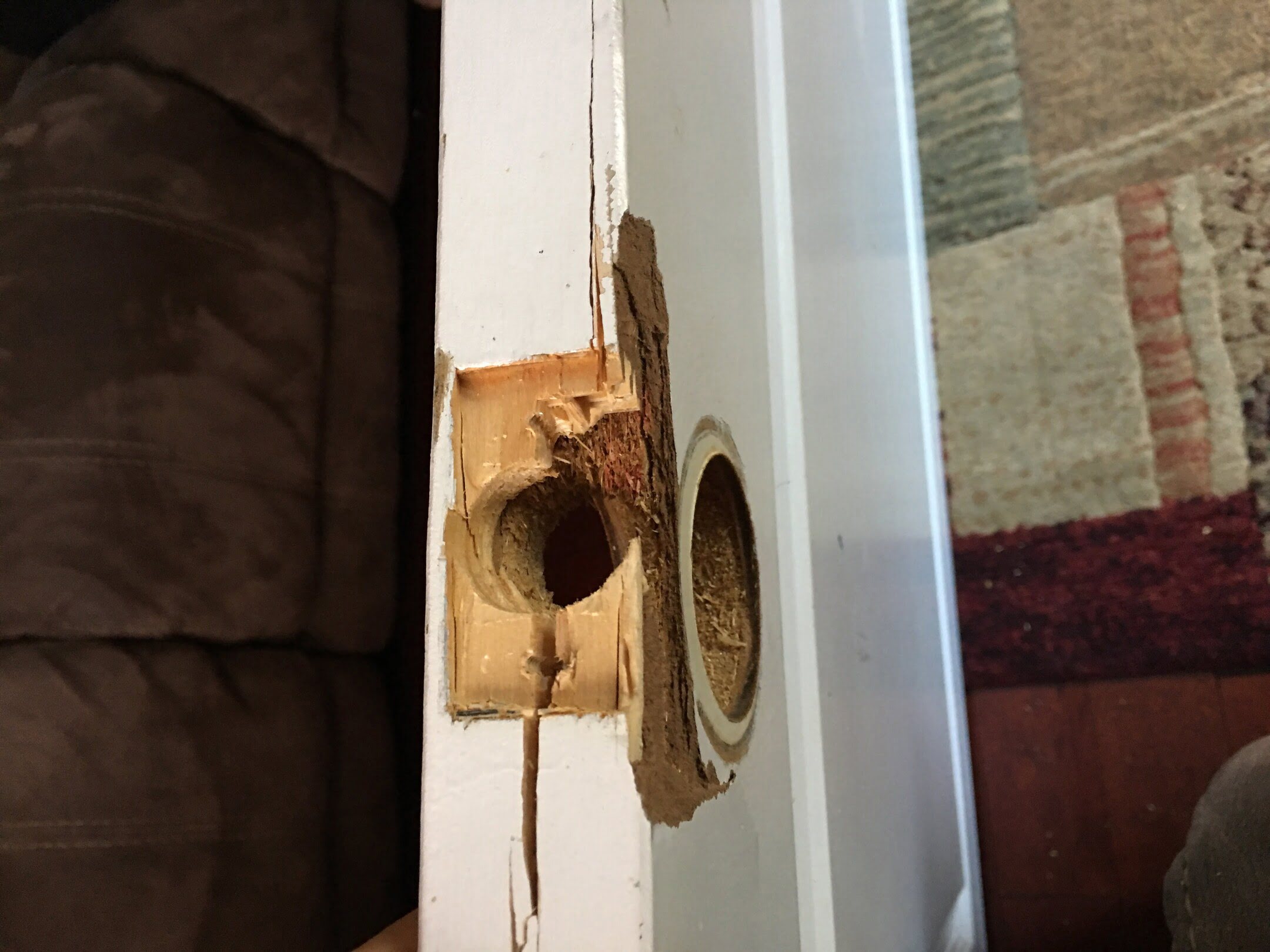
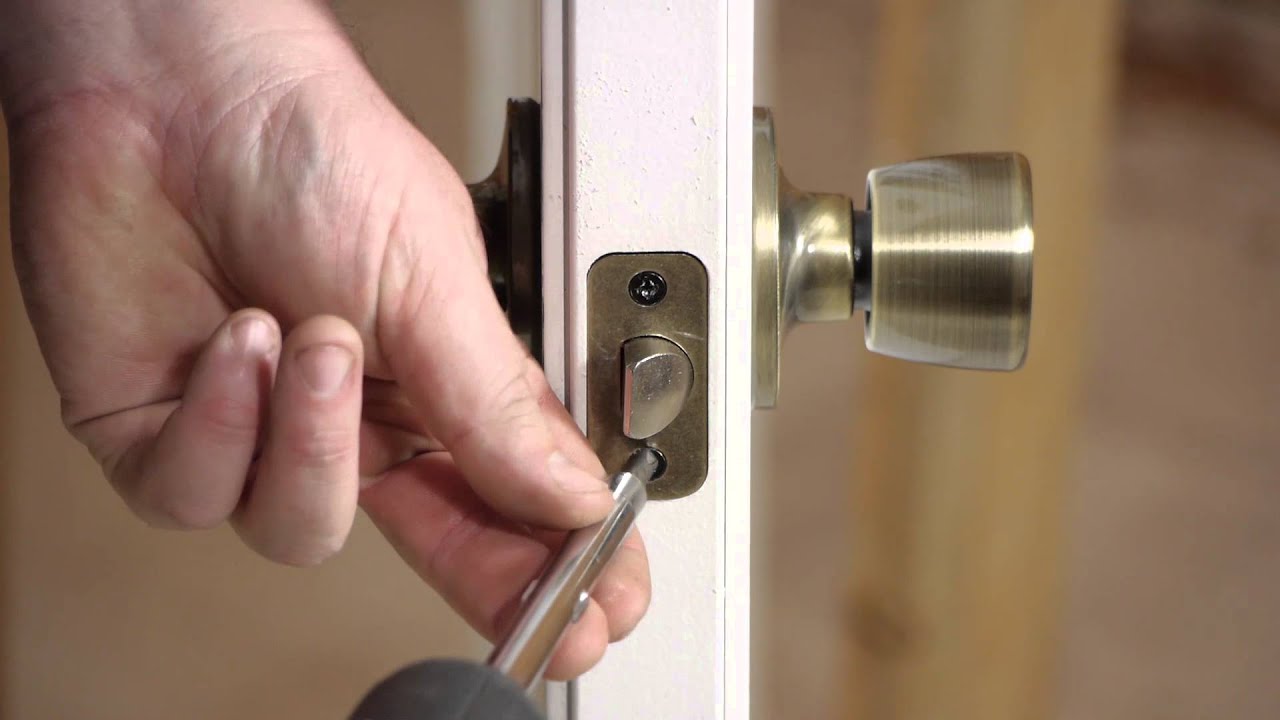

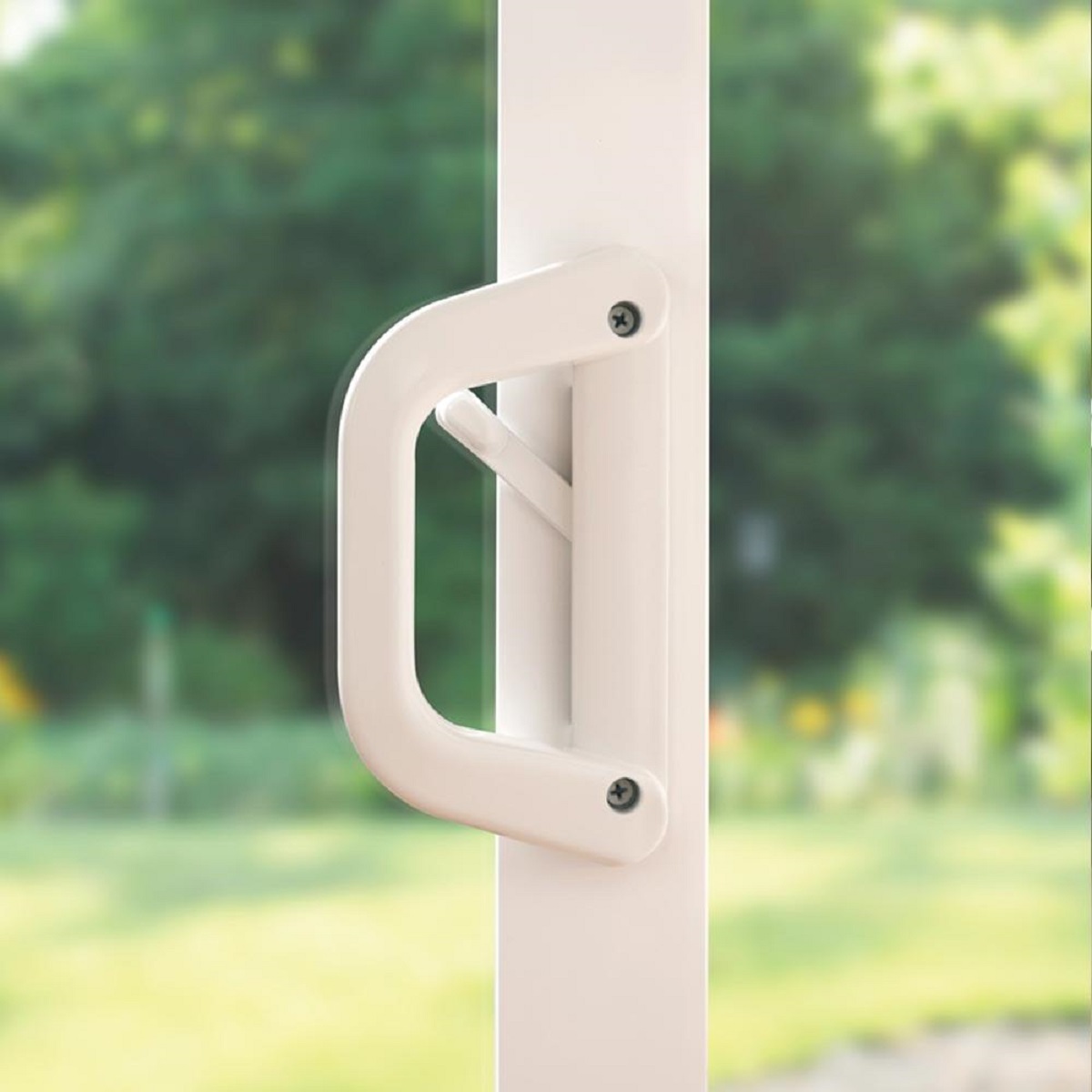
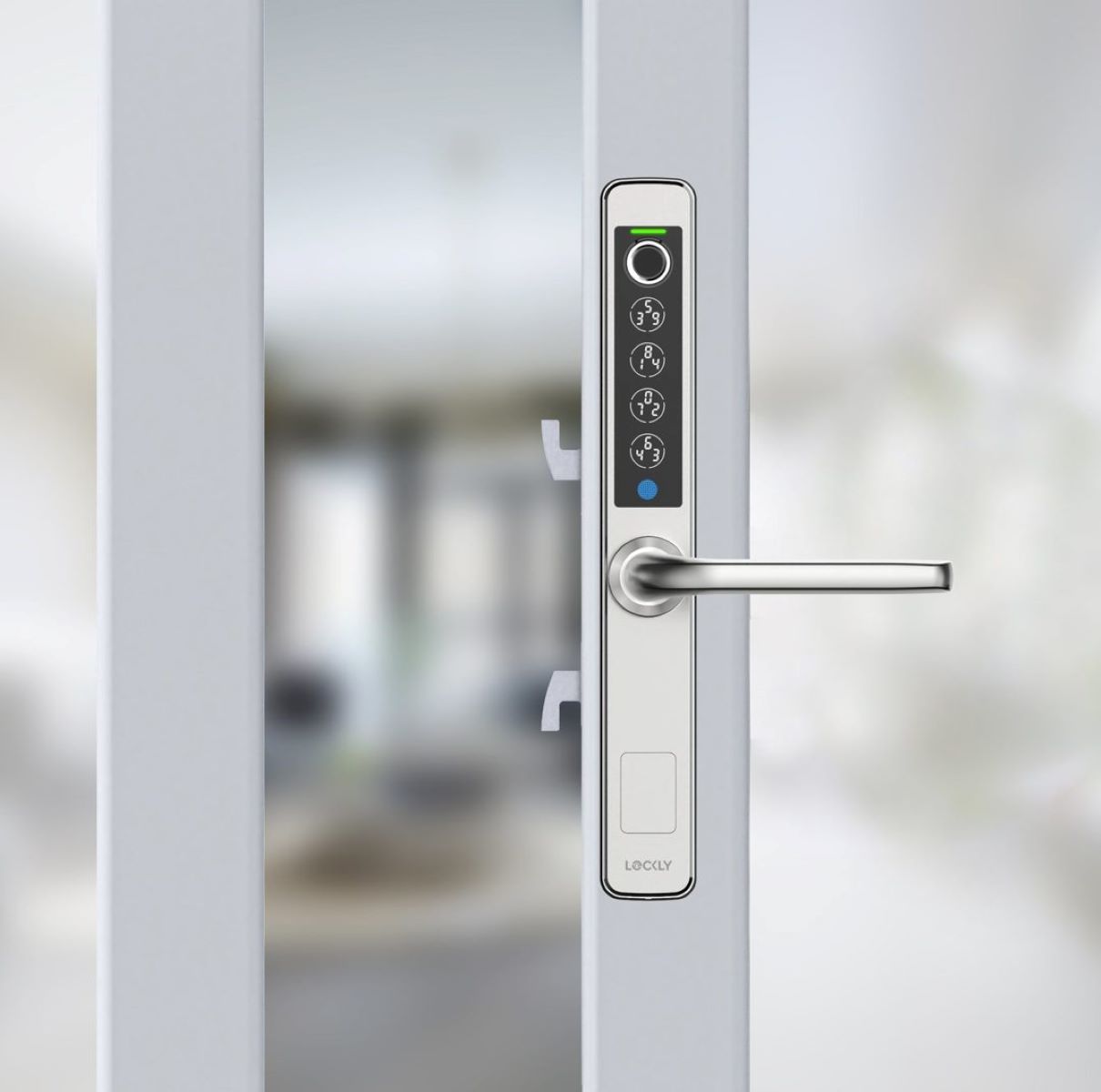
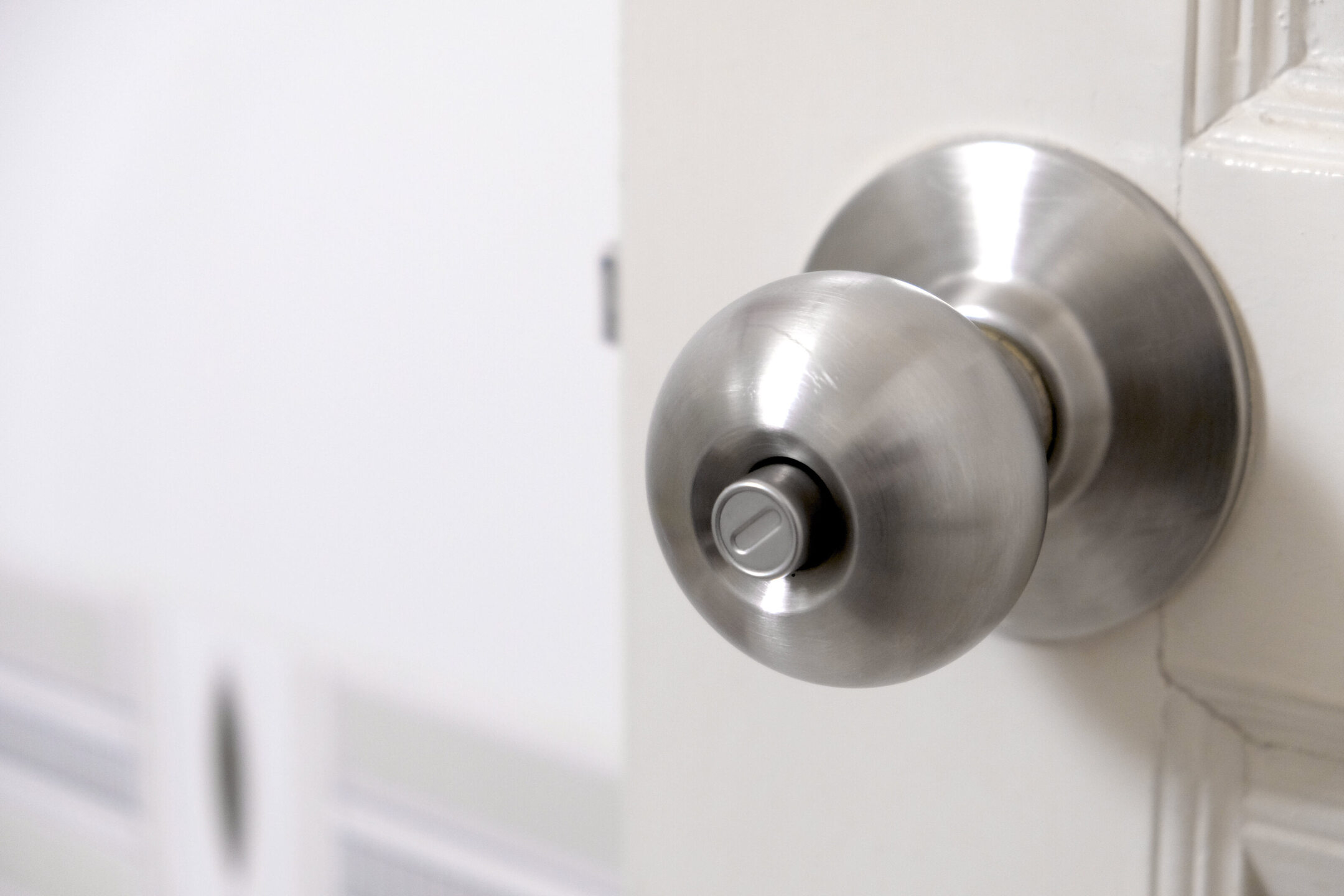

0 thoughts on “How To Fix A Jammed Door Lock”